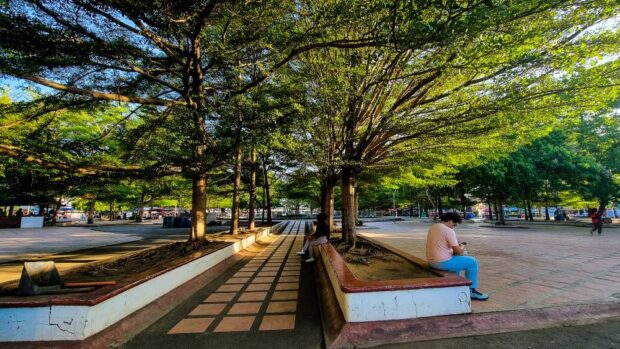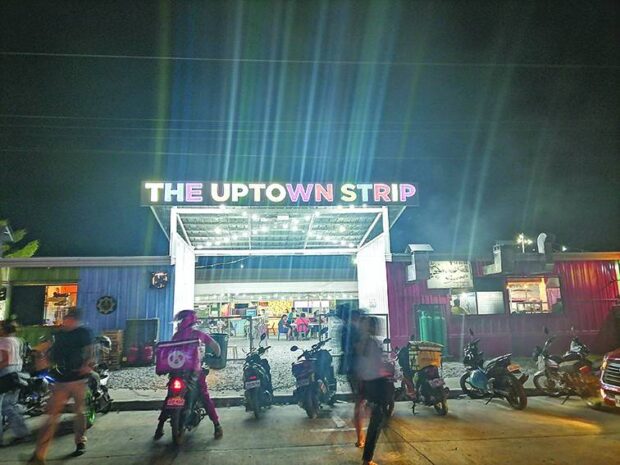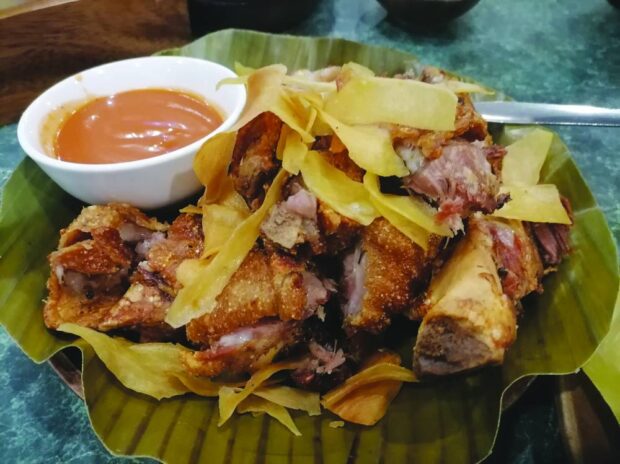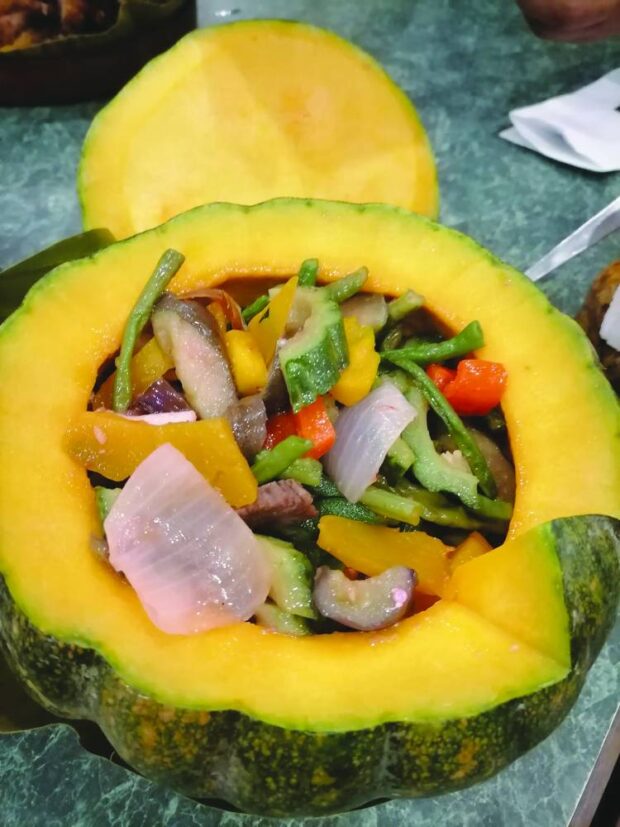Splurging on CDO’s nature, culture and cuisine

TIME TRAVEL Gaston Park is the main plaza of Spanish-era Cagayan de Misamis and continues to draw locals and visitors. —BOBBY E. LAGSA
This regional capital of Northern Mindanao is known for the warm hospitality and friendliness of its people.
As a center of commerce, it is also known to host big mall chains and shopping hubs. But Cagayan de Oro is more than just this. The city is a destination with bountiful opportunities for indulging in nature, culture and unique culinary treats.
The social atmosphere in this bustling multicultural community is a rich fusion of the cultures of the Higaonon tribe, the mainly Muslim Maranaos, and Christian settlers mostly from Luzon and the Visayas. The food offerings are a blend of the indigenous, Oriental and Western influences of the community throughout its history.
Here is a list of things to do and see if you have only 48 hours to splurge in the “City of Golden Friendship.”
DAY 1
Have an early morning walk, jog, run or bike ride amid a scenic sky and cool breeze at Rio de Oro, a 2.3-kilometer flood control dike that doubles as a boulevard along Cagayan de Oro River.
Article continues after this advertisementTurn high gear on the nature trip by going on a white water rafting adventure, which the city offers year-round along the Cagayan de Oro River, with rapids suited for beginner and extreme levels. Most rafting operators offer lunch at the end of the course and take guests back to their hotels.
Article continues after this advertisementOn the way back, drop by Macahambus Cave, which houses a bat colony and has a trail that leads to a scenic overview of the river snaking towards the sea.
After regaining energy from a siesta, hit the streets to feel the city’s vibe while taking a walk back in time through some historic sites, beginning with the heart of the old business district—Plaza Divisoria, which is a series of five parks that was originally intended as a “fire breach.” There, one is reminded of the exploits of local and national heroes through the statues erected in every park, and the city’s glorious past as a bastion of colonial resistance whose people value freedom and liberty.
Extend the walk to City Hall, the same site of the Spanish-era seat of governance, and across to Saint Augustine Metropolitan Cathedral, which is both a place of worship and a cultural monument. Beside the church convent is the city museum, housed in what used to be a water tower built in 1922. Across the cathedral is Gaston Park, the main plaza of Spanish-era Cagayan de Misamis built mainly for children. Today, the nightly fountain shows there dazzle the young and the old alike.
On weekdays, an interesting stop is the Museum of Three Cultures at Capitol University that houses artifacts of Maranao and Manobo cultures, and of old Cagayan de Misamis.
The coastal road offers a wonderful view from the setting sun. So is a restaurant atop Aluba Hills.
And don’t think dinner is all there is to cap your day. Cagayan de Oro is a city that almost doesn’t sleep. There’s close to 300 cafes and coffee shops to hang out in and a host of bars along Corrales Avenue or the Uptown area for some drinks and lively music.
If you love the thrill of getting a bargain, head to Cogon night market to hunt and haggle for the price of already cheap “ukay” (used) items. Then call it a day at Plaza Divisoria for a massage to soothe and relax the weary muscles.

NIGHT LIFE Sample the night life at The Uptown Strip, Pueblo de Oro Business Park. —JOSELLE R. BADILLA
DAY 2
Follow through on the nature adventure with a morning trek at the Mapawa Nature Park. The 5-km climb will test one’s endurance but it’s worth experiencing the cool ambience and the spectacular view. There are other thrill activities like rappelling down a 19.81-meter (65 feet) waterfall. Or simply dip in a cool pool fed by continuously flowing spring water.
Cap this communion with nature with a visit to the 300-year-old, 49-m high Dao tree. With a 2.28-m diameter, it will take about 30 people with outstretched arms to surround it, an extraordinary way to do a group hug.
Amid fast-paced progress, the predominantly Catholic residents have preserved their tradition. Witness this in the frequently visited Church of the Black Nazarene across Ayala Centrio Mall on C.M Recto Avenue where people either linger to attend Holy Mass, or drop by to light a candle or two for a prayer-petition.
Some 20 km away in El Salvador City, Misamis Oriental, is the Divine Mercy Shrine, a popular pilgrimage site, which has a 15.24-m (50-feet) high statue of Jesus Christ and paintings and sculpture depicting his passion and agony. On weekdays, the Mindanao Planetarium in Molugan, El Salvador City, is a good stop to tickle your imagination about the cosmos. Four sessions are scheduled per day, spread from 9 a.m. to 3 p.m.
A visit to El Salvador is opportune for those heading home south, or taking a flight out of Cagayan de Oro via the Laguindingan airport.
Culinary experience

TASTING LOCAL Kagay-anon Restaurant at Limketkai business district is considered one of the pioneers in the local restaurant business. —JOSELLE R. BADILLA
There is no lack of unique local flavors for the palate to experience owing to the city’s culinary diversity.
For old-timers, a visit to the city is not complete without a meal at Bagong Lipunan Kitchenette, which is famous for their “pancit” (noodle) menu. Must-try is the ostrich dishes of Kagay-anon Restaurant inside the Limketkai Center. A more elaborate list of heritage dishes can be had at Cucina Higala along Capistrano Street.

TASTING LOCAL Kagay-anon Restaurant at Limketkai business district is considered one of the pioneers in the local restaurant business. —JOSELLE R. BADILLA
Chino’s Deli along Capistrano-M.H. Del Pilar Streets serves dishes based on the owner’s traditional family recipe. It also sells processed meat for pasalubong.
Take-home treats can also be bought at Vjandep Bakeshop along the national highway in Barangay Bulua, and Missy Bon Bon at Limketkai Center. —WITH REPORTS FROM JOSELLE R. BADILLA AND RYAN D. ROSAURO